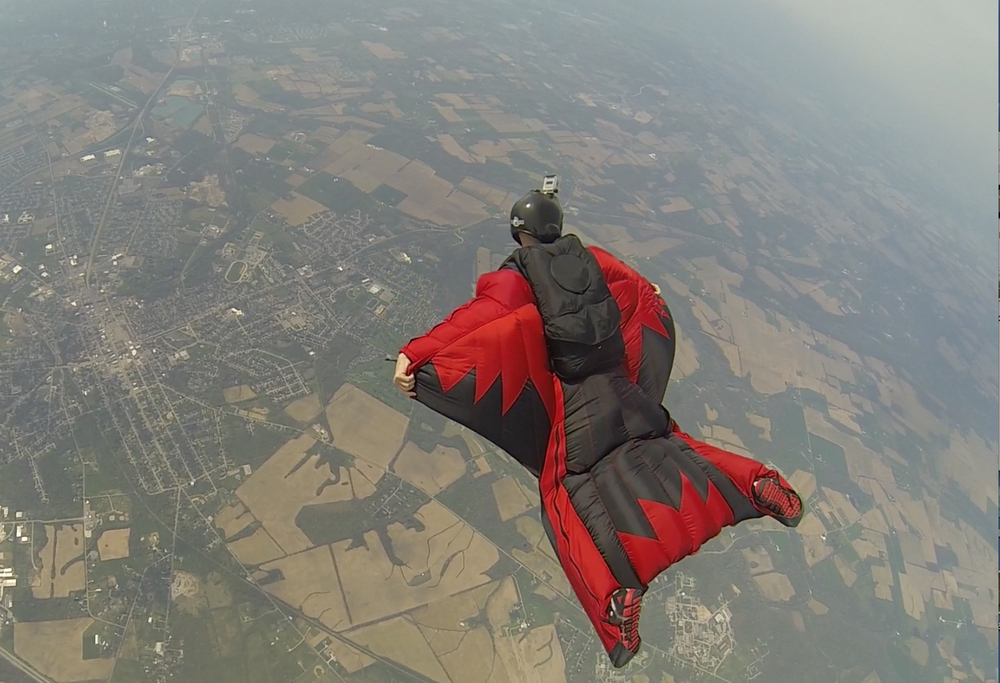Recommended Posts
erdnarob 1
It is a tricky question. For sure mass and speed are important factors but there are many other factors like the type of parachute, fabric used, the way it was packed, the type of pilot chute...etc.
One could design a parachute that even with a lot of suspended weight and speed at the opening could have a soft deployment force. Why? Because all depends on the deceleration. The deceleration depends on the "stopping" distance. If the deceleration is low which means a long vertical distance opening the force can be kept at the total weight + a force from say 5% to 200% of the weight (therefore between 1.05 and 3 G).
The people who could really give you a scientific answer are Jean Potvin and Gary Peek who did research on low speed aerodynamics at the university of St Louis MO. Both are very experienced skydivers. John LeBlanc from PD is certainly another fellow able to give you the proper explanation.
One could design a parachute that even with a lot of suspended weight and speed at the opening could have a soft deployment force. Why? Because all depends on the deceleration. The deceleration depends on the "stopping" distance. If the deceleration is low which means a long vertical distance opening the force can be kept at the total weight + a force from say 5% to 200% of the weight (therefore between 1.05 and 3 G).
The people who could really give you a scientific answer are Jean Potvin and Gary Peek who did research on low speed aerodynamics at the university of St Louis MO. Both are very experienced skydivers. John LeBlanc from PD is certainly another fellow able to give you the proper explanation.
Learn from others mistakes, you will never live long enough to make them all.



......................................................................
Whether you test parachute canopies to destruction depends upon whether you are
A: French or
B: have a large budget.
The old French EQ system required drop tests similar to American TSO, then test samples were pulled to destruction.
B: Have a large budget. In North America, only the military have large budgets.
In Manley Butler's case, he was trying to discredit some of the "warmed over, wimpy skydiver shit" made some of his competitors.
For example: most skydivers discarded their Featherlite, K20, Phantom, SAC, Tri-Conical, etc. round reserves during the acid mesh scare of the late 1980s, but thousands of pilots still wrare Phantoms.
Most sizes of Phantoms are only TSOed in the low speed category of TSO C23B .... making them silly to wear in fast warbirds.
Share this post
Link to post
Share on other sites